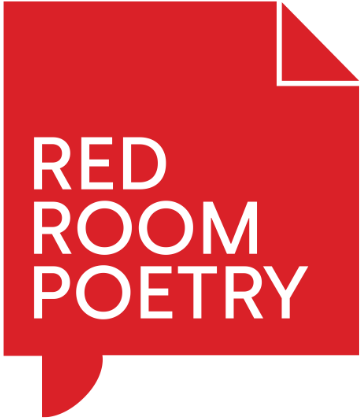our primitive lives
By John Bennett
1
The Opera House squats on Djubuguli, once a tidal island
facing a sandstone cliff bracing our first farm whose sandy,
tough conditions dealt a pitiful crop of wheat and barley.
Tourists worship the radiant sails and Harbour Bridge ribs,
I focus on the wall. Commelina is fingering the rock, native,
edible, but confused with Tradescantia luminensis (a toxic weed
with white flowers known by a sour alias ‘Wandering Jew’).
The immigrants ate the juicy leaves to limit scurvy, called it
scurvy plant, but knowledge for the Eora was just a way of life.
The bailey is haemorrhaging slime moulds (fungi), algae, moss
and lichen, smears of colour bleed into curdled patterns, moist
voluptuous erosions and exhalations of precarious vocabularies,
hieroglyphs are living low relief. I wonder how it all smells.
My camera stitches connections, less intimate than harvesting moss
and its green simplicity, leaves one-cell thick on simple stems, handy
for bedding, dressing wounds, starting fires, or than vertical gardening,
or botanical exploration with loupes and textbook, but offering insight.
2
As a child I splashed through puddles, slithered in mud, waste grounds
were playgrounds, dirt was the natural skin and now I celebrate
this neglected landscape of deflated hills, streams, swamp and desert.
What’s a wall to slime and roots but an opportunity?
This surface succours ancestors of all plants, of all 4,000 trees
the Garden wears, including my favourite, a monumental Flooded Gum
bleached by sunlight near Maiden Theatre. Plants have thrived here
for 200 years but figuring the ecology is a modern adventure.
An aesthetic approach to nature’s nooks and crannies threads life,
blurred bands of iron oxide and desert textures onto silicon memory.
This sandstone wall, 200 metres deep, poured from Broken Hill,
laid down and rammed with few collisions and only minor folding.
It’s a piece of art that moulds the marks of men and machine, as new
to the Eora as this perpendicular boundary to the Governor’s Domain,
the wind and rain plucks the grains out one by one.
3
The intimacy of slime lives with me. We are more than ‘digital archives
from the African Pliocene’. Just as cyanobacteria infiltrated chloroplasts
donating a one-off miracle to plants (the ‘green fuse’ of photosynthesis)
‘proteobacteria’ developed the engine that mitochondria use to power
our cells from oxygen - and the world slowly filled with life.
We can’t insulate landscape from history, history from prehistory,
biology from botany, life from lives. Through a Port Jackson Fig
the lapis lazuli sky dissolves around bright cockatoos raising their
scratchy voices and sulphur crests. The fig runs roots down fissures
in the rock with primitives clinging on, ferns sprout fractal wings
and grasses love a pinch of soil. What’s left of Darwin’s tangled bank
flowering elegantly from algal scum these last 500 million years
is in retreat, the sheer variety being locked away in seed banks.
I think that it’s plants that can mend the earth.
Note:
This wall stands as a reminder that there is a story I want to trace. A 1788 sketch by William Dawes and John Hunter, ‘Sydney Cove, Port Jackson’, gives Djubuguli a sharp nose with a bald head. Leseur’s ‘Plan de La Ville de Sydney’ from four years later shows an aerial perspective suggesting a cliff. Neither show a Gadigal gathering place, or the Blackbutts, Red Bloodwoods and Sydney Peppermints towering above echidnas, antechinus and wallabies, or Aborigines hunting geese and duck in the swampy foreshores, drained and filled to enlarge the original farm now the Royal Botanic Garden. Governor Phillip built a brick hut for his kidnapped friend/informant Bennelong, leader of the Wangal clan, on Djubuguli, hence the new name Bennelong Point.
